Slovenian Gothic
2021
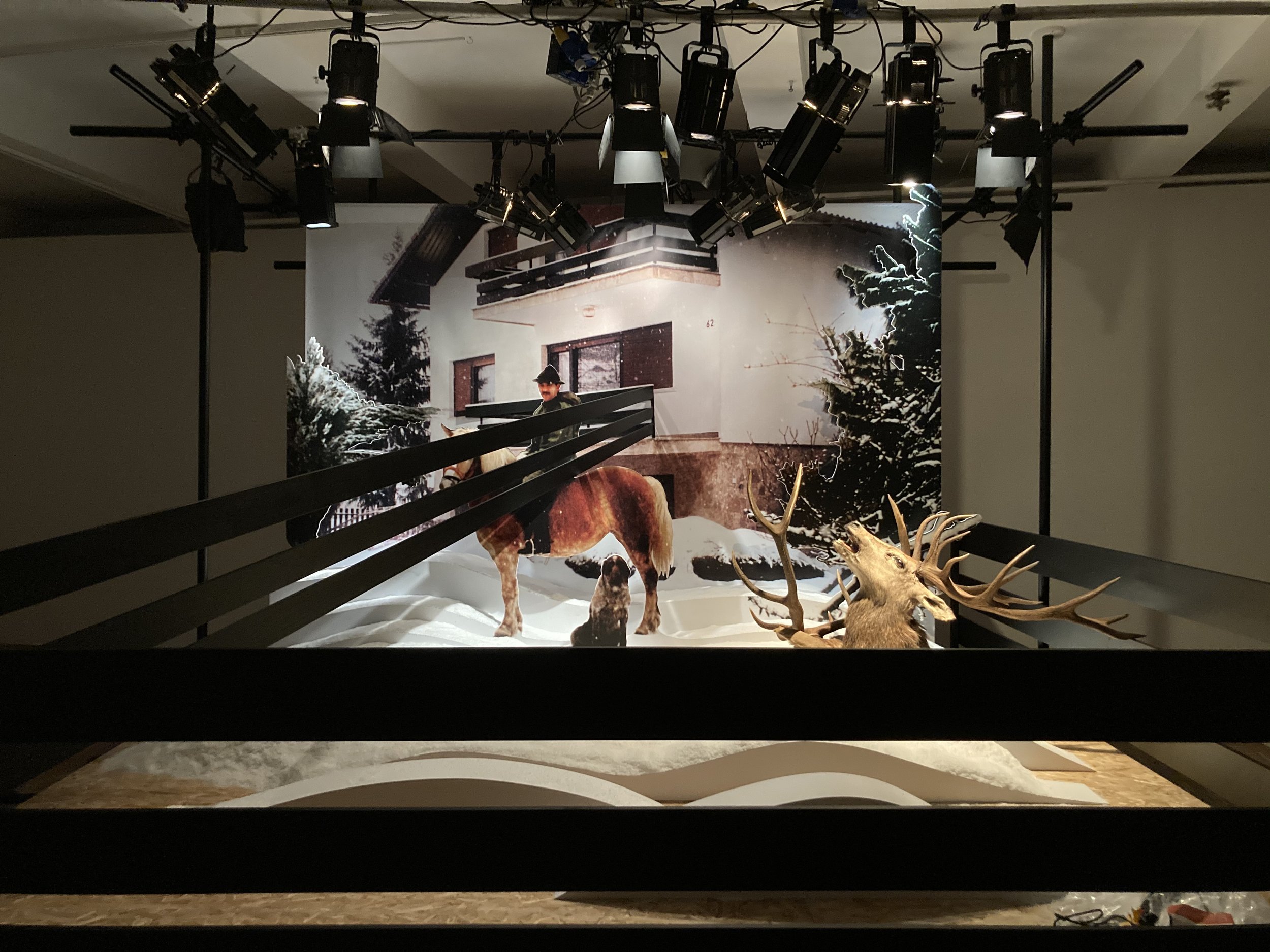
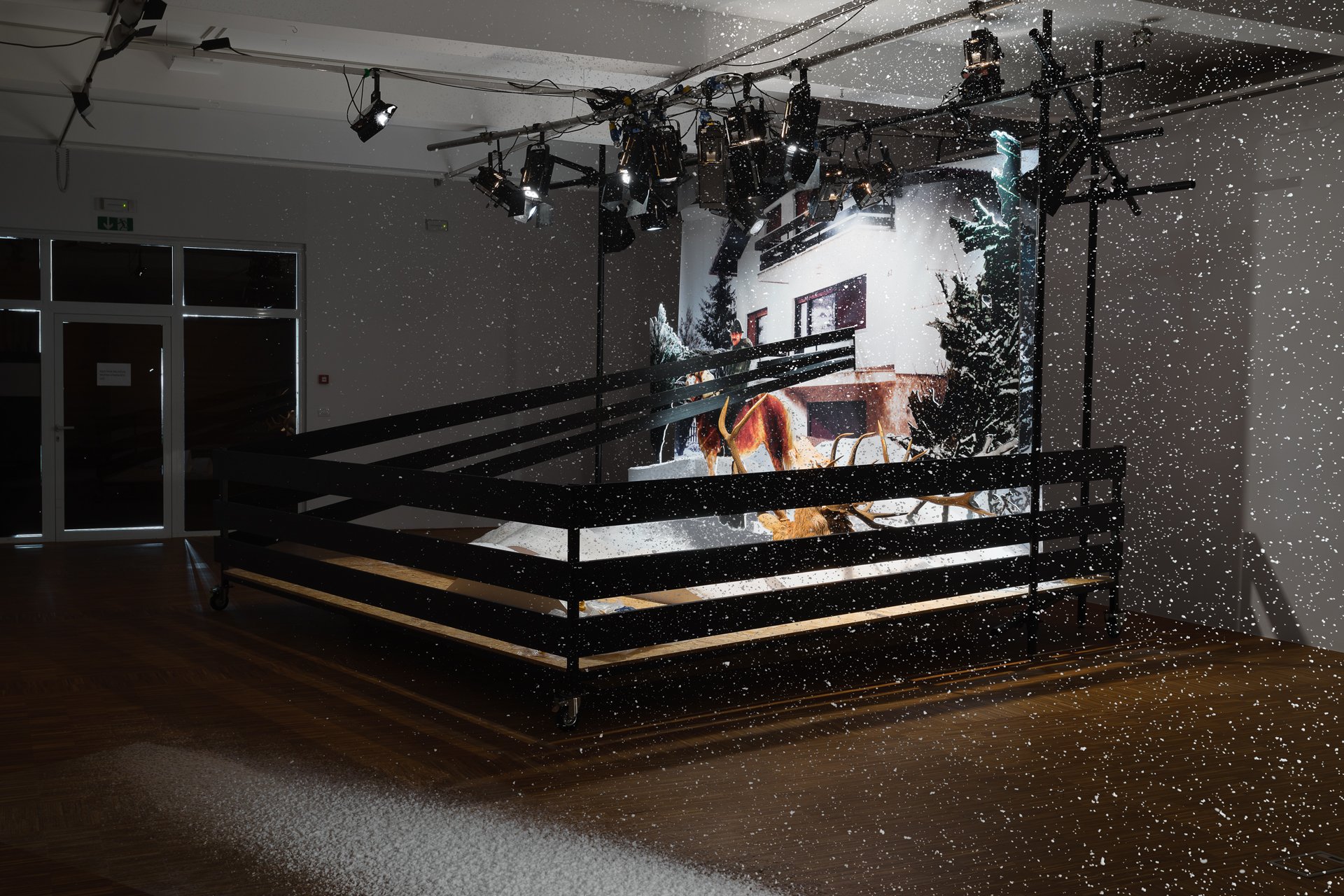

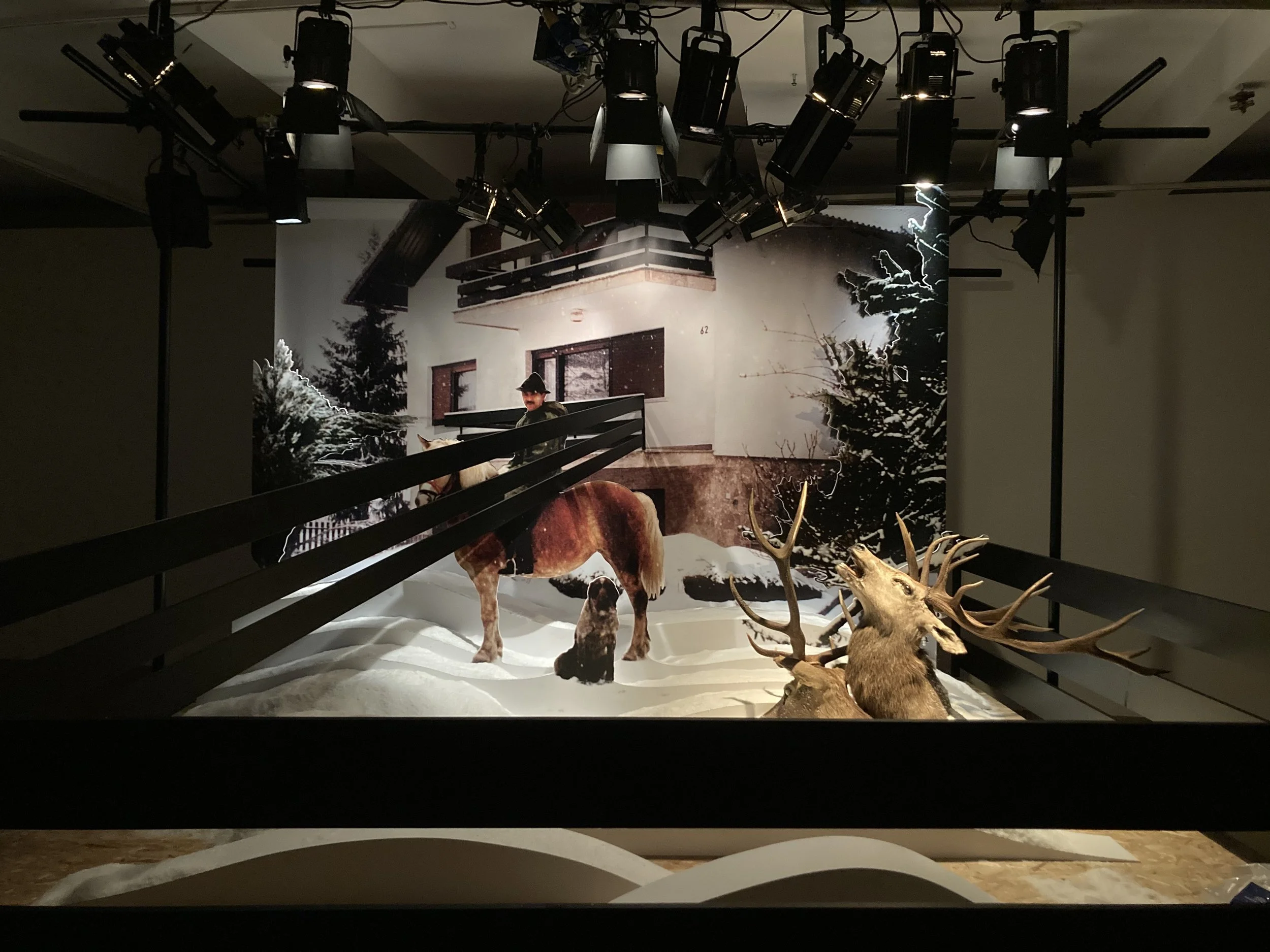
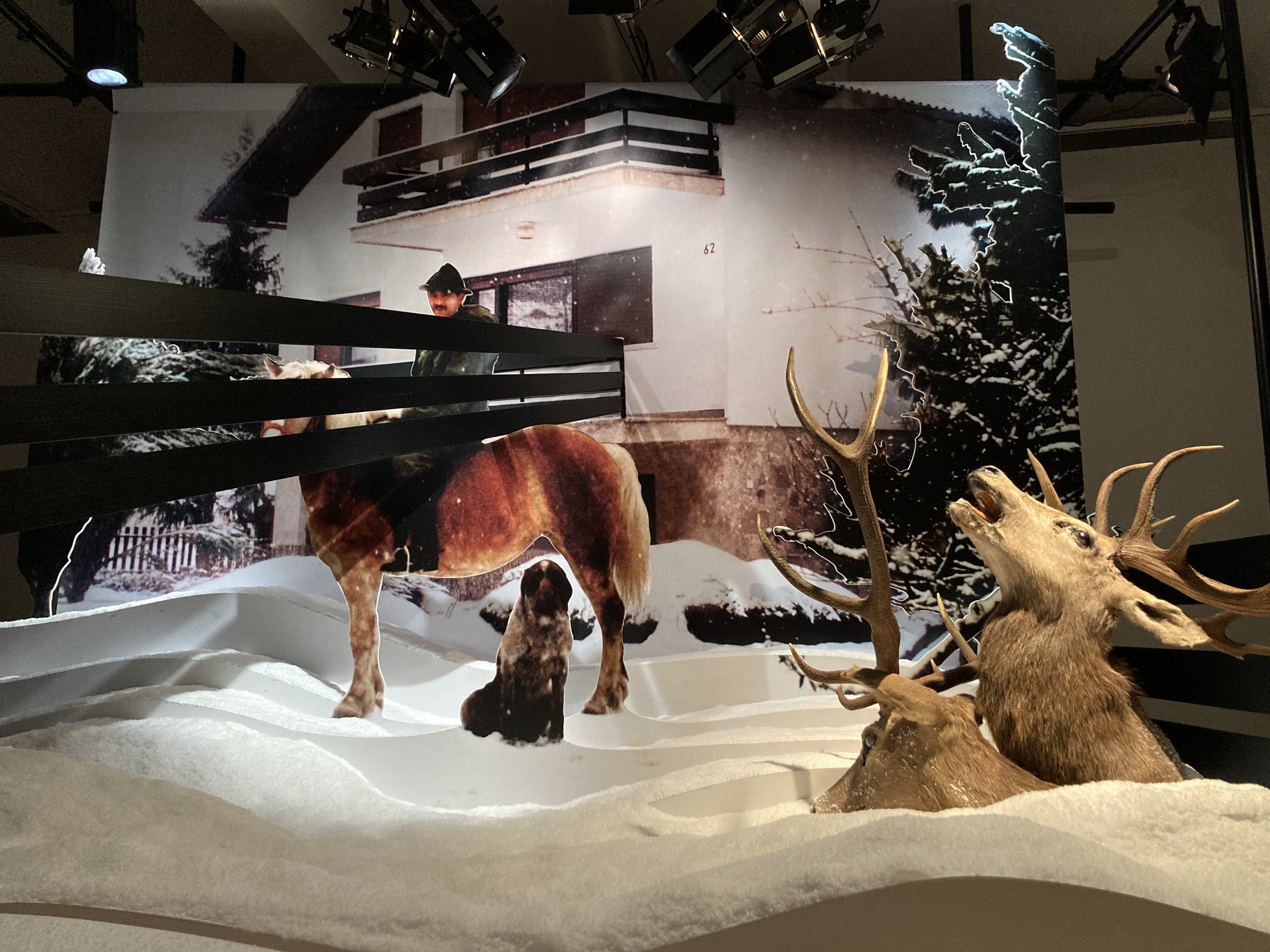
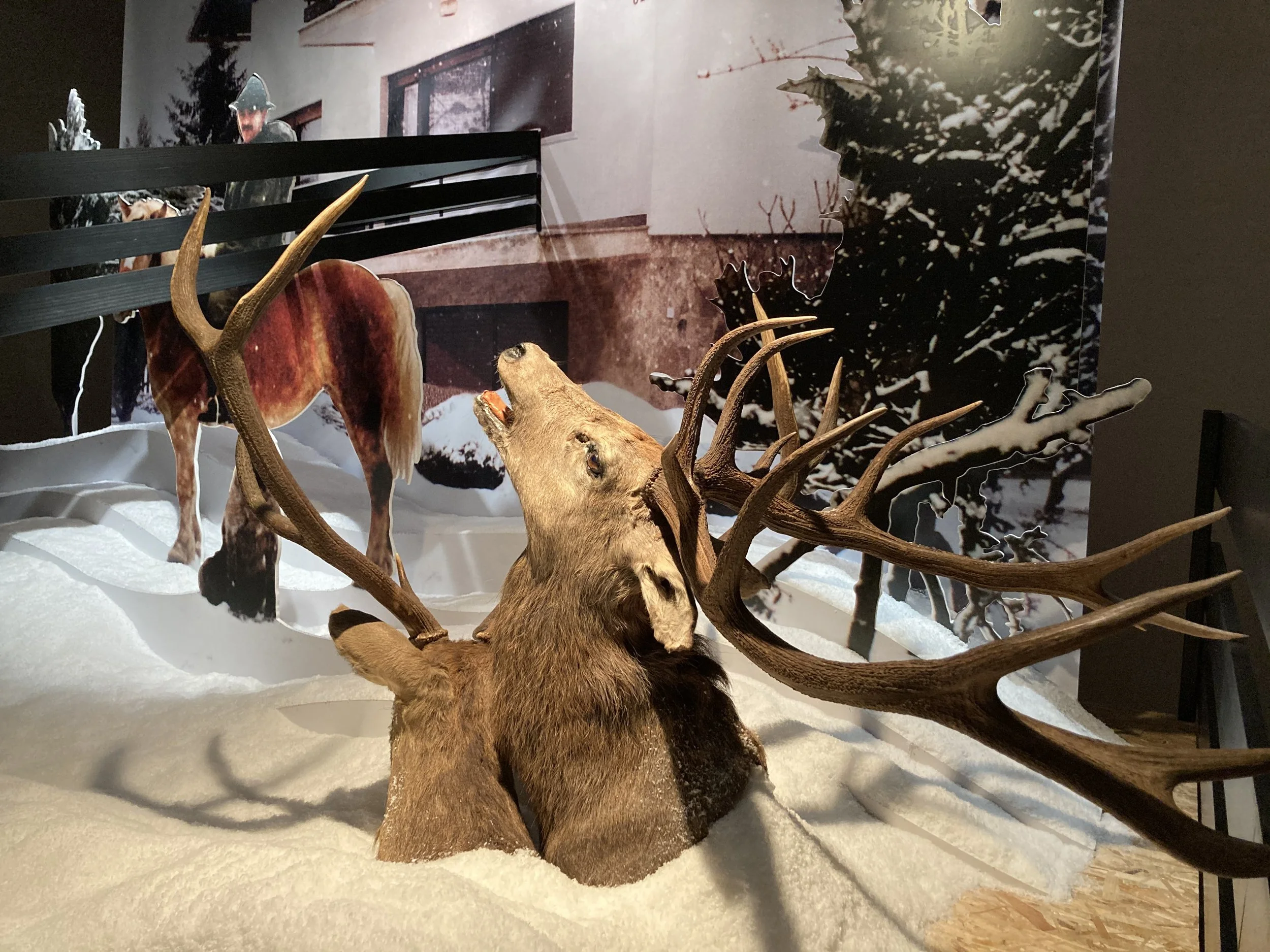
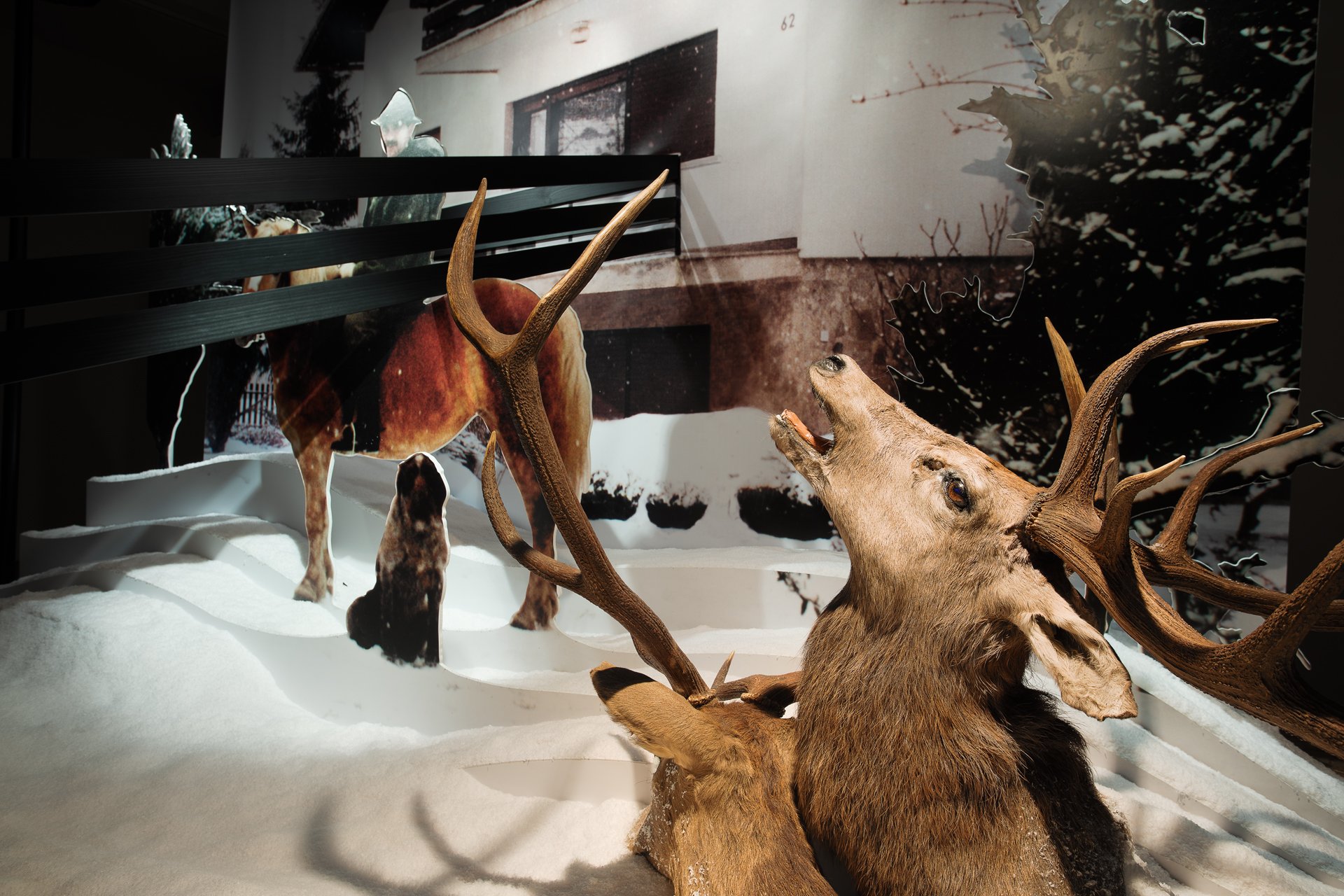
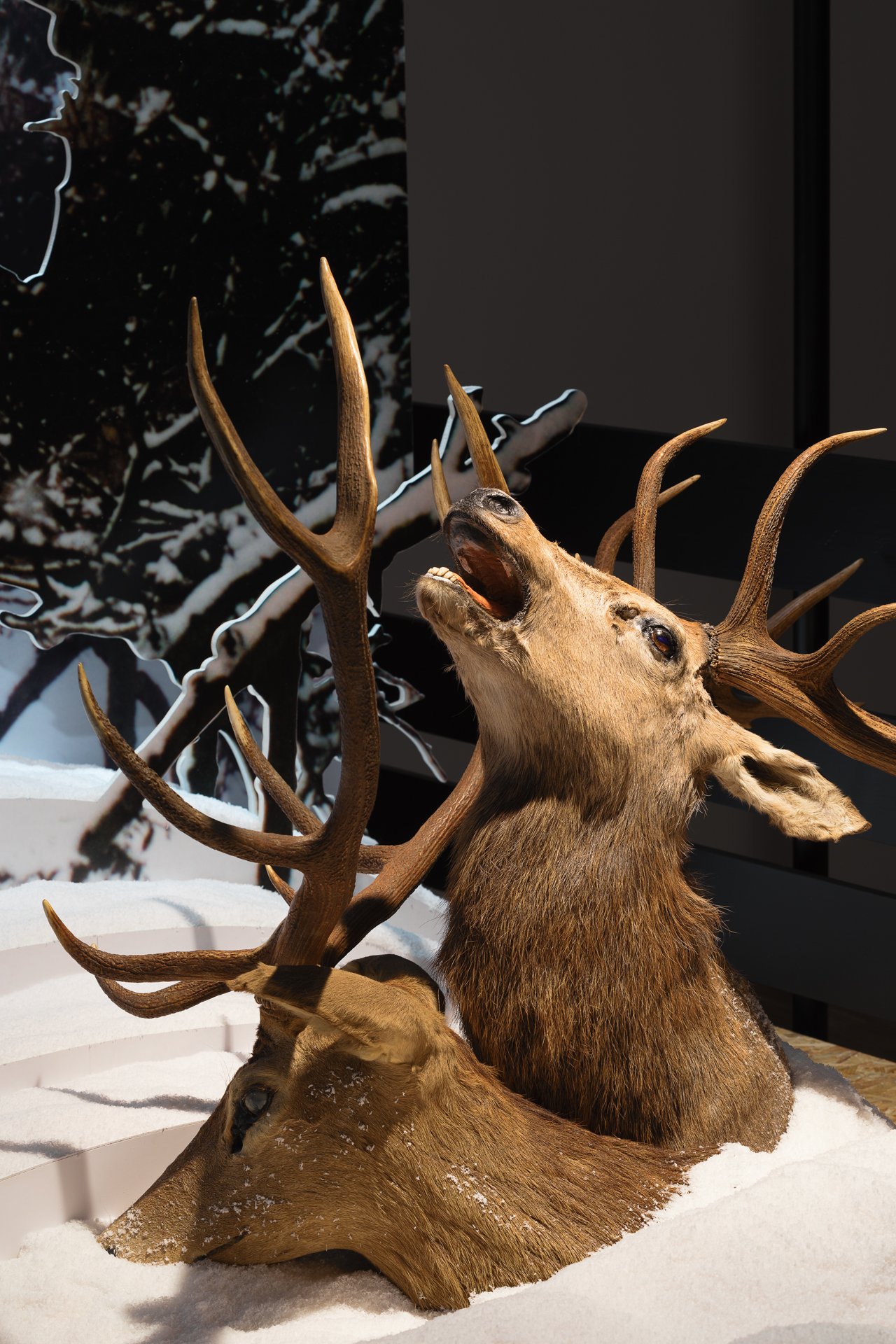
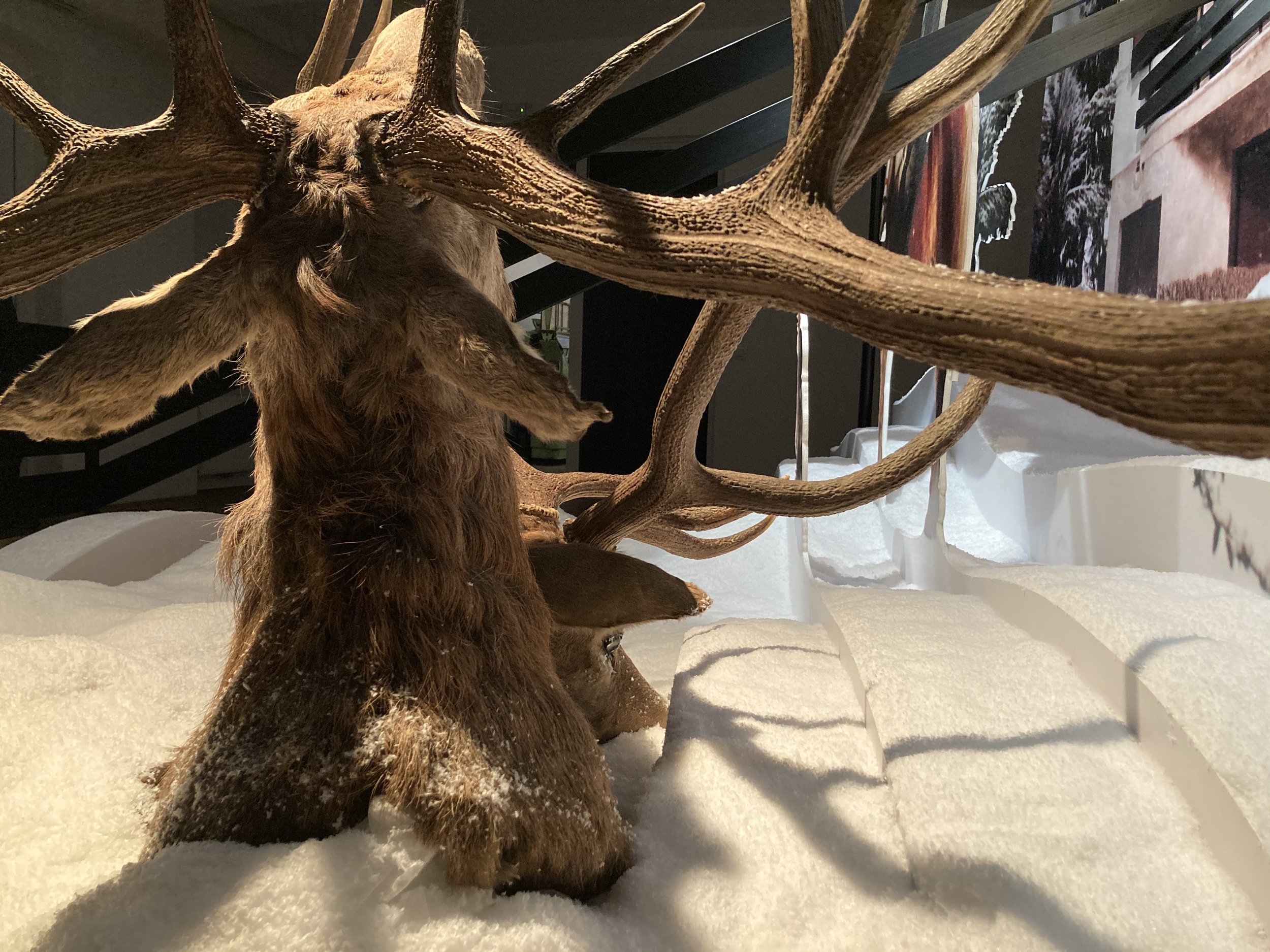
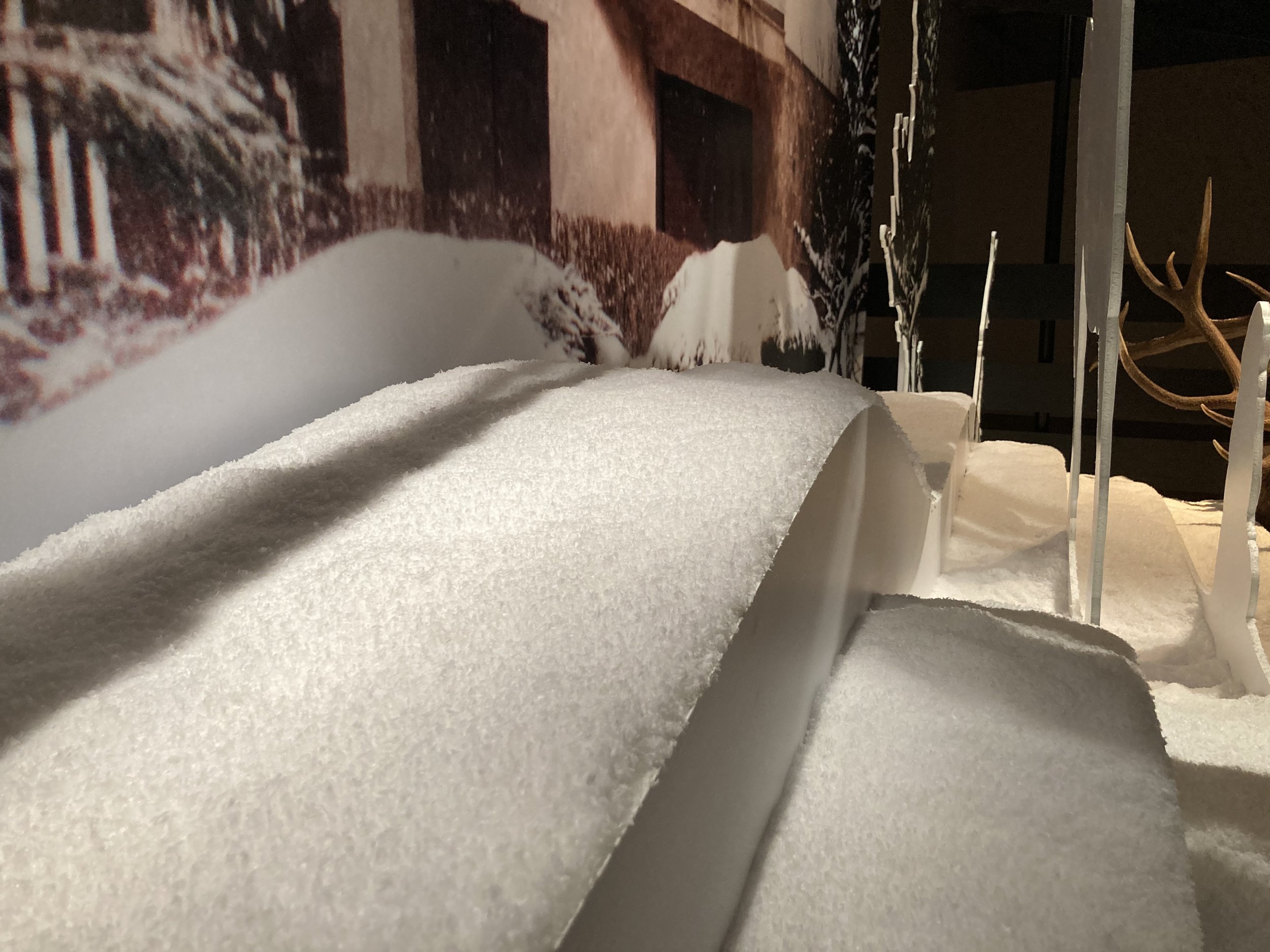

Many natural history museums around the world are at a crossroads in adapting the display of their collections to new trends and movements. It is no coincidence that at a time when public opinion is divided between supporters and opponents of dioramas, with the former considering them to be as endangered as the animals and ecosystems they depict, and the latter seeing them as a surviving propaganda tool of imperialist forces, Maja Smrekar's Slovenian Gothic revives the very form of a diorama.
There is something incredibly rebellious about this invention from the beginning of the nineteenth century. Located at the intersection of fine art and theatre it heralds the invention of cinematography. Perhaps the reason for its persistence is the controversy between the suppressed violence that was necessary for its creation and educational function. Although the etymology of the term means "to see through", the diorama depicts a space where scientific findings merge with the world of fantasy and fiction.
The starting point for the work is a photograph from the artist's archive, which shows a hunter on horseback in front of a native house. The layout adheres to the principles of a diorama both in the combination of different materials, taxidermy being one of them, as well as in the classification of objects in several plans in front of a two-dimensional backdrop.
The conservation of the idyllic presentation of living things in their natural habitat is where the reference points end, as Maja Smrekar rejects conventionality, as she builds a paradoxical space in which nothing is as it seems at first glance. She doesn't just play with the illusion of three-dimensionality when she takes the image of a horseman and a dog from a photograph and places them in a real space, at the same time delimiting them with a fence that emerges from the house's balcony railing. She furthermore places a stuffed deer in the enclosure, frozen at the moment of its greatest strength. It is typical for dioramas that they do not include aged or deformed animals, but usually adult males, which represent the essence of their species and covertly allude to the hierarchical order or human subjugation of nature. However, Maja's deer is neither whole nor free. The projection of the desire of the hunter and the dog, this force of nature, in the fight with which it would consolidate its supremacy, becomes helpless, as caught in the fence by its horns. The only thing left as a trophy for the hunter and the dog is the home, a typical house from the 1980s, which the artist’s family lost during the transition of the Republic of Slovenia from the Socialistic Federation of Yugoslavia. The artist further destroys the illusion of the idyll with the element of fake snow and the light of the stroboscope, which periodically turn on and off, exposing the installation’s temporality.
In the game of counterpoints of optical and mimetic illusions and the extended spatiality of the photographic image, power and powerlessness, idyll and violence, Slovenian Gothic acts as a melancholic and critical contemplation of modernity with the help of relics of the past. Although it originates from the artist's intimate memory, it is involved in contemporary socio-political reality and reveals the very mechanisms by which it operates.
Alenka Trebušak
Credits
Production: Museum and Galleries of the City of Ljubljana
Curator: Alenka Trebušak
Text: Alenka Trebušak
Design: Ajdin Bašić
Spatial planning and conceptual co-design: Aljaž Rudolf
Light design: Jure Sajovic, Miloš Vujković
Preparation: Rok Hafner
Execution: RPS, d.o.o.
Technical implementation: MGML Technical Service
The project was made possible by: Municipality of Ljubljana, Department of Culture
Thank to Kapelica Gallery